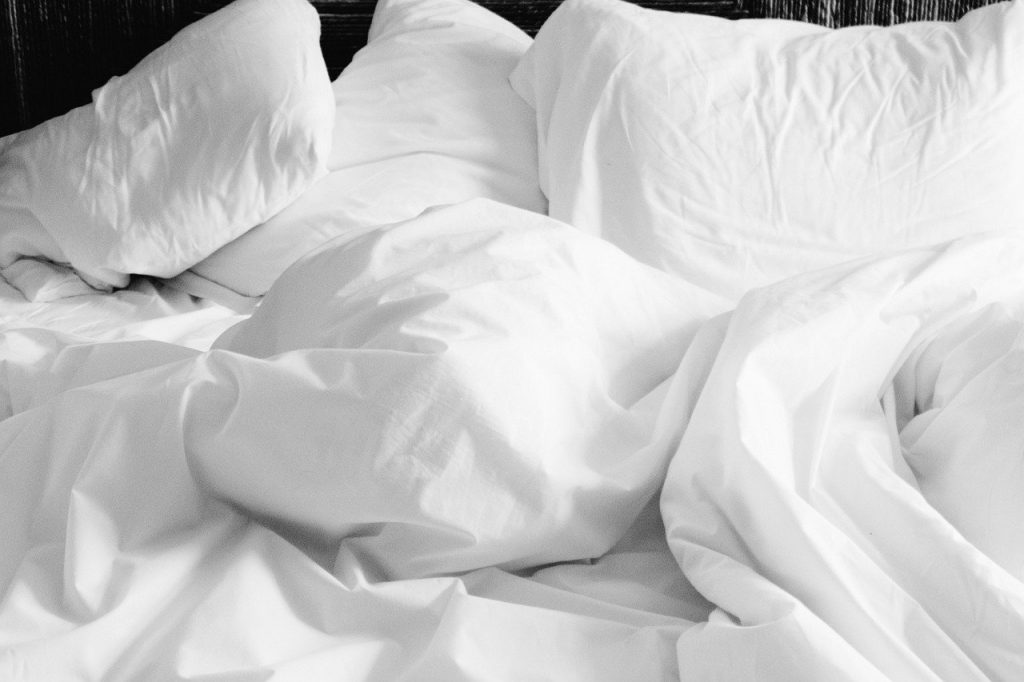Top 6 best fabrics for bedding
Each of us can confidently say that a good mood and well-being directly depends on sound and healthy sleep. Good rest helps to recuperate after a hard day’s work. But, for a sleep that would be beneficial and enjoyable, it is necessary to create all comfortable conditions, one of them is high-quality and inexpensive bed linen.
What fabrics are bed linen made of and how to choose the best option for yourself? What fabric to prefer so that sheets, pillowcases and duvet covers are pleasant to the touch, help maintain a comfortable body temperature, do not roll, do not slip, do not fade and serve for a long time?
A huge assortment of fabrics on the shelves of stores on the Web and on the streets of the city is simply amazing, and it is not easy to navigate in this rich variety. Not always even housewives “with experience” are well versed in the fabrics from which home textiles for sleeping are sewn. And from young people, or those who didn’t really delve into the issue, it’s quite possible to hear, for example, something like “I like cotton fitted sheets more than satin”.
Which fabric for bed linen is the best – the choice, of course, is yours. And in this article we want to talk about all the nuances and advantages of each.
What fabrics are best for bedding?
The first, and one of the important rules that should apply to bedding sets – it should not be allergenic, and only then be reliable, practical and pleasing to the eye, fitting into the interior of the room.
You all understand that the best fabric for bed linen should be natural, which provides ventilation for the body and has moisture-wicking properties. This factor is important, since these textile elements come into contact with the body quite often. As for bedspreads, they can be made from any materials, but still stick to natural ones.
Among all the options, natural silk, satin, or percale is considered the best fabric for bed linen. Such fabrics are sometimes called noble or royal. If you want less expensive, but high-quality linen, you should take chintz, coarse calico, linen, bamboo. The best fabrics for bedding in winter are terry or microfiber.
What fabric is better to buy?
Housewives have long been wondering what fabric bedding is best to choose from. But each of them has its own advantages, so the choice can only be individual:
In the production of percale, a special variety of long-staple cotton is used, thanks to which the threads acquire unique qualities, and the material becomes smooth, pleasant and delicate to the touch, and has a matte surface. And, despite the fact that such a fabric looks sophisticated, it is believed that it is strong enough and able to withstand a large number of washes.
- Natural silk is a rather delicate and pleasant to the touch fabric, but it affects people in different ways: some touch excites, some calms. Therefore, such a bed is better to use in a special case. It is worth noting that artificial silk may be on sale. It will be significantly inferior to natural and may seem cold, while it will look constantly wrinkled, and after a certain number of washes it will begin to tear.
- Satin is perhaps one of the best materials that is ideal for daily use. If you look at the density of the fabric for bed linen, which is better, then this particular material has sufficient density for frequent washing. Strength is achieved thanks to a special technology: in order to sew bed linen from satin, it is necessary to use cotton, in which the thread is specially twisted. Due to this, the durability of the fabric is achieved. Bright bed linen, which gleams a little, is considered the highest quality.
- Chintz is quite diverse in colors, but does not last long. After the first wash, the laundry may shrink a lot. Therefore, if you suddenly decide from which fabric it is better to sew bedding on your own, then take this factor into account when making a pattern and make it large in size.
- Linen is used when blended with cotton to get enough softness of the fabric, but the disadvantage is constant wrinkling and difficulty in ironing.
- Children’s bed linen is better to choose from bamboo fabric. It is environmentally friendly, durable, has antiseptic and antibacterial properties, and it is pleasant and soft to sleep on it.
- In winter or in cold weather, terry bedding or a microfiber version is very suitable, which are very soft and practically do not need to be ironed. They absorb moisture well, breathe and do not slip, as well as wear-resistant. The difference is that terry cloth is made from natural fibers, while microfiber is made from synthetic fibers.
What fabric is better for bed linen?
If you want to sew bed linen for yourself or a child, it is best to choose natural fabrics. Answering the question, what is the best fabric for bed linen, the first place is occupied by chintz, in second place satin, then coarse calico, etc. When tailoring, it is worth considering the characteristics of each fabric, for example, shrinkage after washing and other points that may affect the finished set. We recommend and buy only the best.
